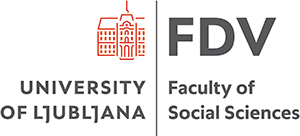Web surveys are a relatively new area of survey methodology. The first internet survey (specifically an e-mail survey) was carried out in the mid-1980s. In 1994, the first extensive global web survey (GVU) was performed and in 1996 web surveys were discussed at a key international conference named Intercasic. After the year 2000, there was an intense expansion of web surveys.
It is logical that surveys were increasingly transferred to the Web because the rapid development of computer-assisted data collection methods had an important influence on modern survey research. The methods that are most often used are direct web surveys and e-mail surveys, which are both increasingly converging into a unified and integrated process. In addition to traditional web surveys that rely on personal computers, surveys are in recent times carried out via mobile phones, television sets and similar devices. Approaches that combine different methods are especially important, e.g. computer-assisted telephone interviewing (CATI). Today, web surveys are not just a complementary or alternative method of survey data collection, but a leading method of modern data collection.
The respondent participates in a web survey using a web browser. Questionnaires are usually based on HTML, while the use of Flash is also becoming more prevalent. Programming languages that are present in the background are different. The most common is PHP, while solutions such as JavaScript and Ajax offer additional improvements of interactivity.
Areas where web surveys are widely used:
- Research on Internet use;
- Marketing and public opinion research;
- User satisfaction research;
- Web site evaluation;
- Employee surveys;
- Psychological experiments.


